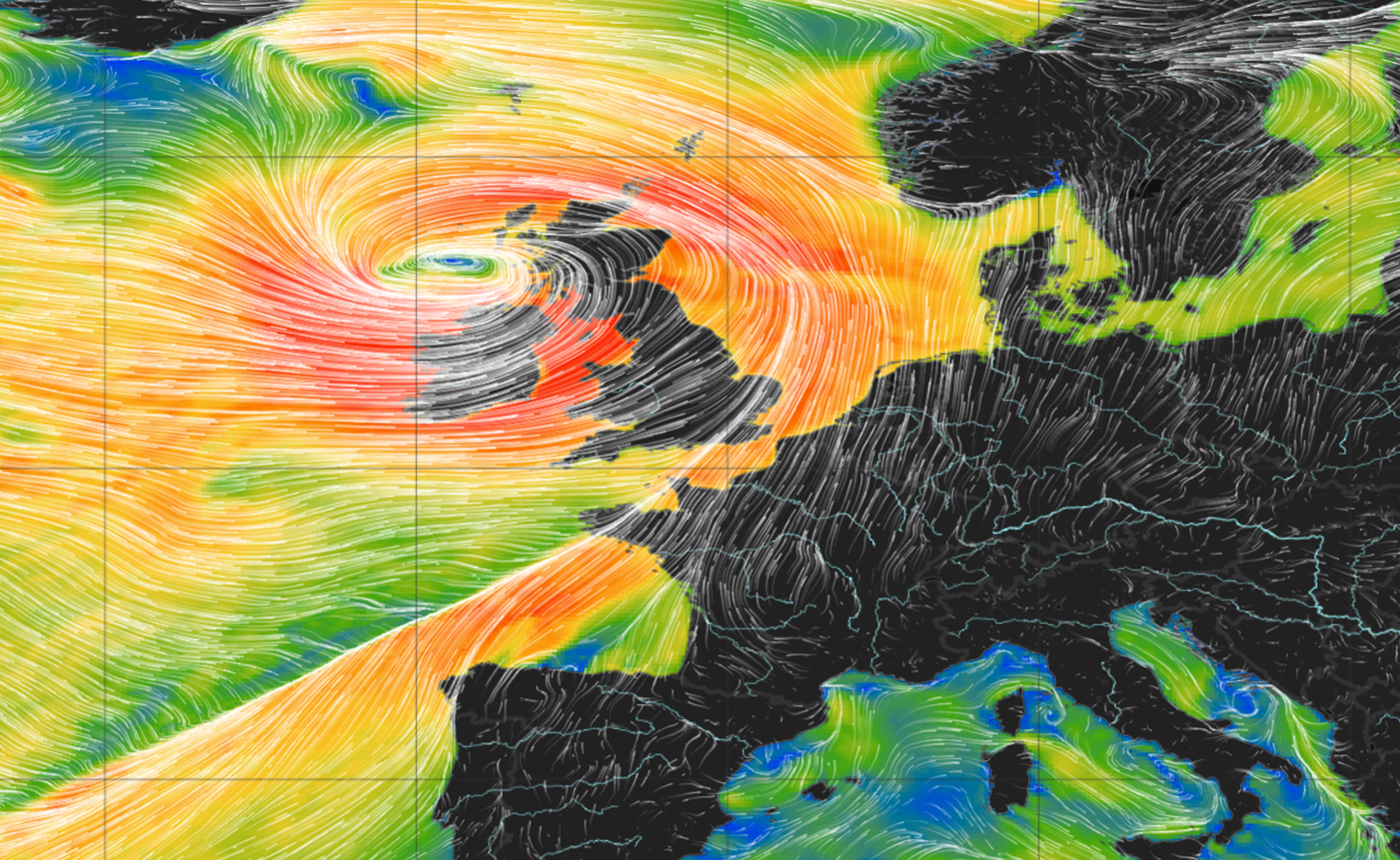Methane monitoring: Landfill surface emissions and flux box surveys
Methane is a potent greenhouse gas which landfill operators must monitor closely to remain regulatorily compliant. Landfill gas (LFG) consists of approximately 50% methane, so monitoring landfill surface emissions is essential to best practice waste and methane management.
Surface emissions monitoring (SEM), including landfill walkover surveys and flux box surveys, generate robust data to quantify methane emissions. The subsequent data can also be used as an additional line of evidence for identifying elevated gas concentrations resulting from vertical gas migration. When fully informed of ground gas activity, landfill operators can consistently demonstrate compliance with Environment Agency (EA) guidance through maintaining robust gas management systems.

Landfill walkover survey
Why? Landfill operators must provide evidence that gas management systems are performing effectively to demonstrate compliance with EA regulations. A walkover survey is a systematic site assessment that quantifies surface emissions, identifies faults in gas management systems, and informs any remedial action.
How? The gas concentration close to the surface of the ground is monitored using a portable landfill gas detector measuring methane down to 1ppm, such as a TDL gas analyser or IRwin methane leak detector. The walk over survey is conducted in transects, ensuring a thorough and systematic assessment.
Emission levels are observed, paying particular attention to areas demonstrating high levels of methane. The walkover survey will also identify other potential sources of emissions, such as gas wells and monitoring points. Locations where elevated methane emissions have been identified can then be appropriately remediated.
Flux box surveys
Why? Flux box gas monitoring quantifies levels of methane from the surveyed area. It provides an additional line of evidence that corrective measures have been successful, or it may identify locations where the gas flux exceeds emissions standards and requires further work.
How? Monitoring locations are identified, and flux boxes installed by sealing the chamber to the ground. The methane emitted through the surface and into the box is measured at each location at short time intervals for approximately one hour. These readings, plus the flux box internal volume and footprint, are then used to calculate the methane flux. Calculations from each box are then aggregated to determine if the site is exceeding emissions standards.

How can GGS help?
Our expert site and management teams have worked successfully on both active and closed landfills to ensure operators achieve regulatory compliance. Living up to our values of being professional, approachable, and trustworthy, we offer quick response times, precise data, and clear reporting. Produced and presented with clarity, we deliver the information required by the EA to demonstrate responsible waste management.
The following pages include news articles, videos, guidance notes and white papers on a range of ground gas related topics which we hope you will find of interest. Please browse through but if you can’t find something on your particular issue of interest, we’d be very pleased to hear from you so we can put that right.

At GGS we aim to be at the forefront of conversations when it comes to all areas of ground gas science, including the indoor air quality environment.
Recognizing that soil gases can and do contribute to internal air quality, we are pleased to be involved in the GO AQS initiative.
What exactly is this initiative and why are we championing it here at GGS? Find out more here.




